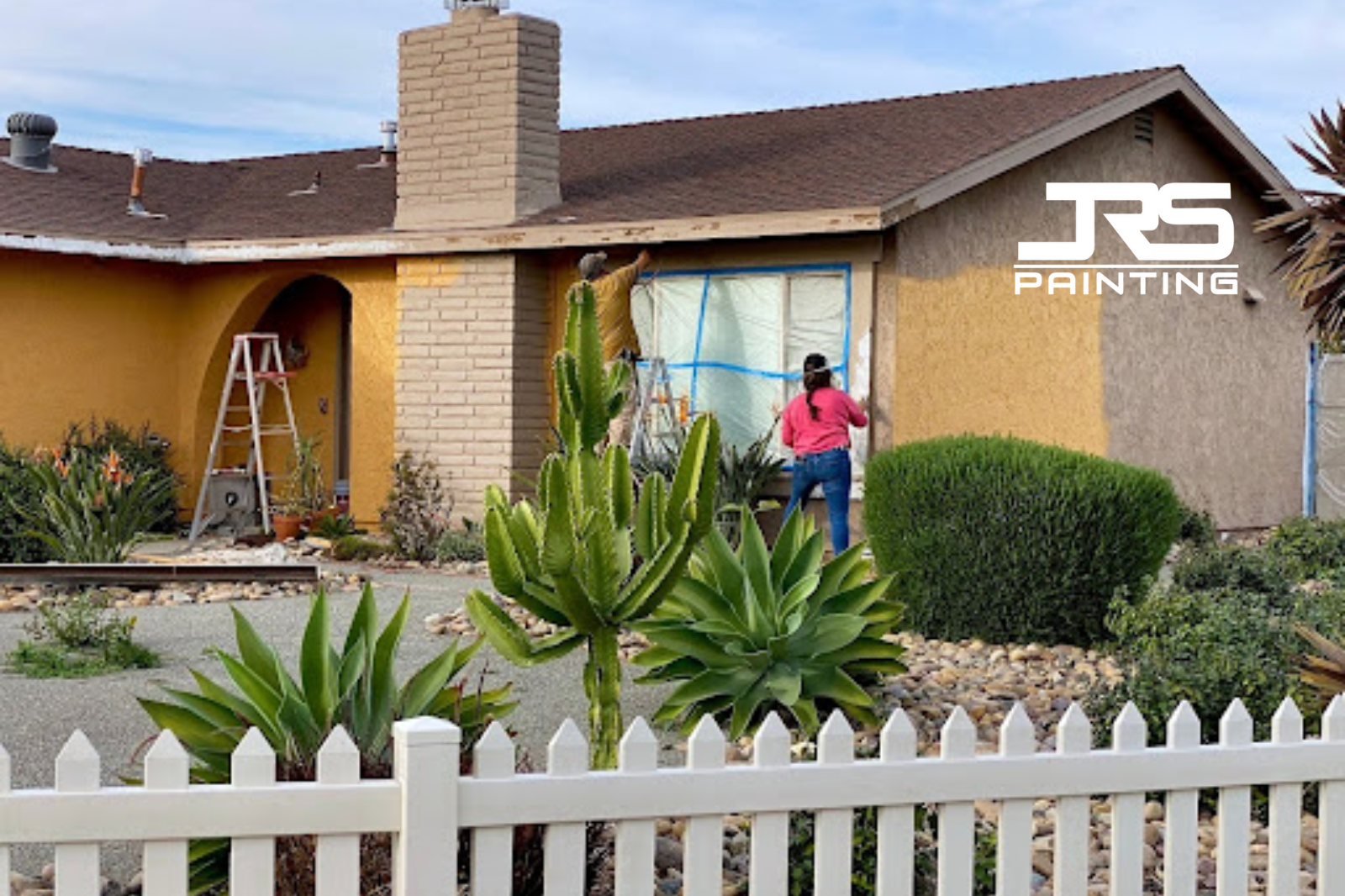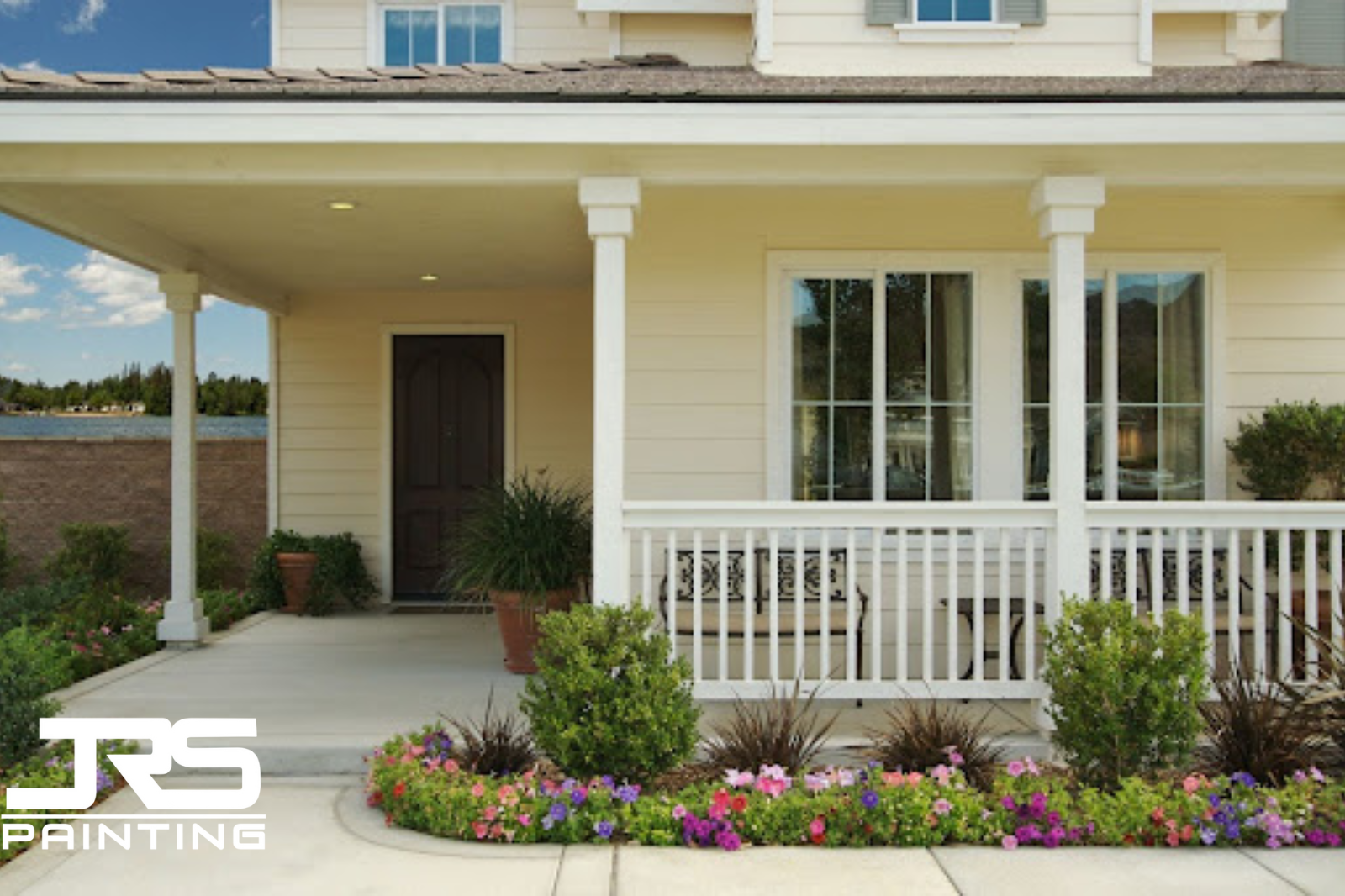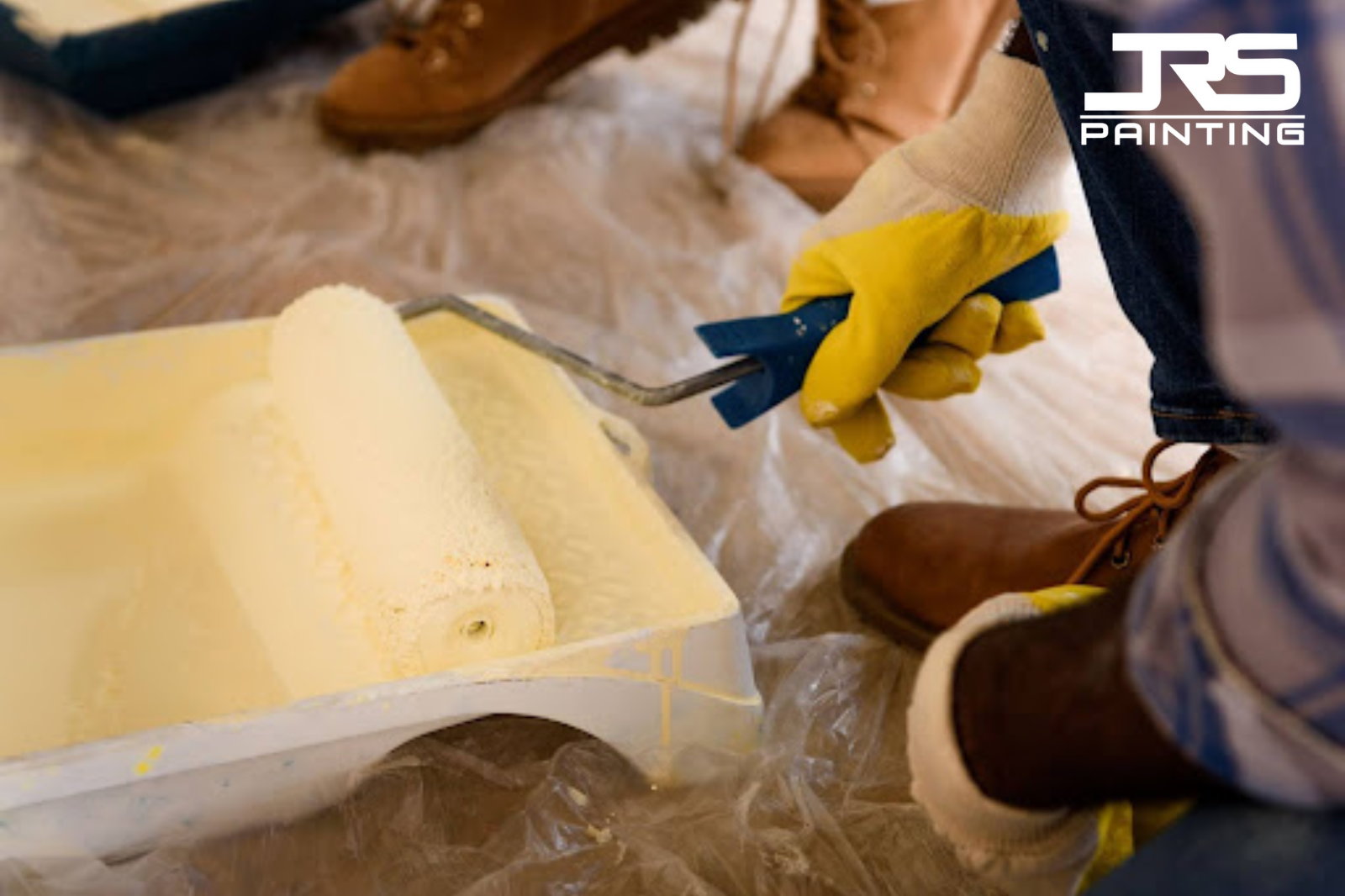
Ever walk past a wall and notice the paint bubbling up like a bad sunburn? Or catch yourself running your hand over a crack that wasn’t there last month? Most homeowners immediately blame the paint itself or think their painter cut corners. However, here’s what rarely gets discussed: the wall underneath might be the real culprit.
The thickness of your drywall or plaster doesn’t just affect how solid your wall feels when you knock on it. It plays a surprising role in how well your paint job holds up over time. Before you grab another can of premium paint and hope for better results, let’s talk about what’s really happening beneath that top coat. Local painting experts in Phoenix who understand your home’s construction can identify these underlying issues before they become expensive problems.
Understanding Drywall Thickness
Walk into any home improvement store and you’ll find drywall in two main thicknesses: half-inch and five-eighths inch. The difference seems minor on paper, but it matters more than you’d think.
Standard Drywall Sizes
Half-inch drywall is the workhorse of residential construction. Builders love it because it’s lighter, cheaper, and easier to haul up stairs. You’ll find it on most walls and ceilings in homes built after the 1950s. Five-eighths-inch drywall is commonly used in garages, ceilings with wider joist spacing, and other areas where building codes require extra fire resistance.
The thicker option doesn’t automatically mean a better paint surface, though. What matters more is how well it resists movement.
How Rigidity Reduces Cracking and Nail Pops
Here’s where thickness becomes a crucial factor in your paint job. Thicker drywall flexes less when someone slams a door or when your house settles with temperature changes. That reduced flex means fewer stress cracks radiating from corners and fewer nail pops pushing through your fresh paint.
Think of it like this: a thin piece of cardboard bends easily and shows every wrinkle. A thick piece of cardboard holds its shape. Your paint can only be as stable as the surface it’s sitting on. When drywall panels shift and bend, even the most expensive paint will crack along with them.
Five-eighths-inch drywall creates a more rigid surface, which keeps paint finishes looking smooth for longer. But don’t rush out to replace all your walls just yet.
Why Primer and Finish Level Matter More Than Thickness
The drywall’s finish level and primer coat often make a bigger difference than thickness alone. A properly finished half-inch wall with quality primer will outperform a poorly finished thick fence every time.
Drywall comes with different levels of finish, from basic (level 1) to ultra-smooth (level 5). Most painted walls require a level 4 finish, which means all joints are taped, smoothed, and ready for paint. Skip this step or rush through it, and you’ll see every seam telegraphing through your paint within a year.
Primer does something even more important: it seals the paper face of the drywall and creates a uniform surface for paint to grip. Raw drywall is like a sponge. Some spots suck up paint faster than others, creating a blotchy finish that no amount of top coat will fix. A good primer evens out absorption and gives your paint something to hold onto.
Jr’s Painting has spent over 20 years learning which primers and finish techniques actually extend paint life, especially in Metro-Phoenix’s demanding climate, where wall surfaces expand and contract with dramatic temperature swings.
How Plaster Thickness Compares
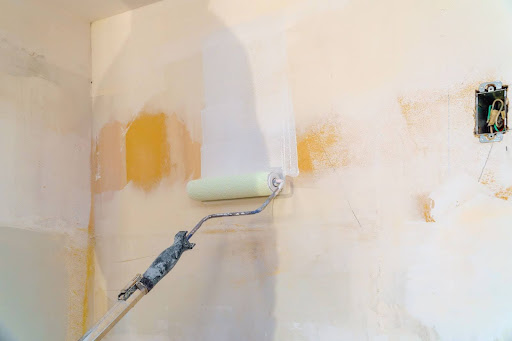
Plaster walls feel different the moment you touch them. They’re denser, heavier, and have that solid thunk when you knock. But thickness varies wildly depending on when and how they were installed.
Veneer Plaster vs. Traditional Three-Coat Plaster
Modern veneer plaster is applied thinly, usually just an eighth to a quarter inch over blueboard. It’s fast, creates a hard surface, and works well for paint. Traditional plaster, the kind found in homes built before 1950, stacks up in three layers: scratch coat, brown coat, and finish coat. Total thickness? Anywhere from five-eighths to three-quarters of an inch or more.
That extra bulk gives old plaster walls their reputation for durability, but it also creates unique challenges for paint. Of course, interior and exterior wall thickness requirements differ significantly, which changes how you approach each paint project.
The Role of Moisture Cure and Alkalinity in Paint Bonding
Fresh plaster needs time to cure, and during that process, it releases moisture and stays highly alkaline. Paint applied too soon won’t bond properly. It’ll peel off in sheets or develop a chalky film that rubs off on your fingers.
Even old plaster can surprise you. Moisture working its way through from behind the wall can reactivate alkalinity and cause paint to peel right off the surface. This is more common in bathrooms, kitchens, or other areas where water may be seeping through.
Quality alkali-resistant primers exist specifically for this purpose, but many homeowners and even some painters skip them because they don’t understand the underlying chemistry.
Do Thicker Plaster Walls Resist Damage Better?
Yes and no. Thick plaster definitely resists dents and dings better than drywall. You can’t accidentally punch a hole in a plaster wall the way you might with drywall. For paint durability, though, thickness matters less than the plaster’s condition.
Old plaster develops hairline cracks as houses settle and shift over time. Those cracks will show through the paint, no matter how thick the wall is. Plaster that’s lost its bond to the lath behind it sounds hollow when tapped and will eventually fail, taking your paint with it.
The thickness provides strength, but if the plaster itself is compromised, your paint doesn’t stand a chance. Repairs need to be made before any new paint is applied.
Durability Factors Beyond Thickness
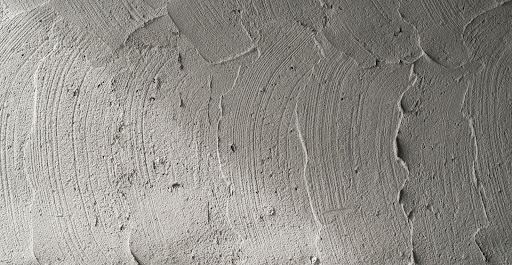
Wall thickness sets the stage, but it’s not the whole show. Other factors play an even bigger role in whether your paint job lasts two years or twenty.
Substrate Movement
Houses breathe. They expand in heat and contract in cold. Wood framing twists slightly as humidity changes. Foundations settle. All this movement transfers to your walls.
Drywall screwed to moving framing will crack along joints. Plaster keyed to old wood lath will separate and crumble. Your paint is just along for the ride, showing every stress line the wall underneath develops.
Addressing structural issues before painting makes all the difference. Loose drywall panels need re-securing. Separated plaster needs re-bonding or replacement. Paint over movement, and you’re just covering up problems that will resurface within months.
Proper Primer Choice
Not all primers do the same job. Some seal stains. Some block odors. Some grip slick surfaces. Using the wrong primer for your wall type is like wearing running shoes to a black-tie event. Technically, they’re shoes, but they’re not right for the situation.
Drywall needs a primer that seals its porous surface and prevents uneven paint absorption. Fresh plaster requires an alkali-resistant primer that won’t be compromised by lime. Old plaster with multiple paint layers may require a bonding primer that adheres to the previous coats.
Skipping primer or using cheap, all-purpose options saves thirty dollars and costs you years of paint life.
Moisture and Ventilation
Water is paint’s worst enemy. It softens drywall, turns plaster to mush, and creates mold that pushes paint right off the wall. Even in dry climates, moisture accumulates in bathrooms, kitchens, and laundry rooms.
Proper ventilation helps, but sometimes moisture comes from behind the wall. Leaking pipes, roof problems, or poor exterior drainage can saturate walls from the inside out. When this happens, no amount of quality paint or proper thickness will save your finish.
Check for water stains, musty odors, or soft spots before painting. If moisture is present, fix the source first. Painting over it just hides the problem until it gets worse.
Frequently Asked Questions
Conclusion
Your walls are more than just flat surfaces to hang paint on. They’re complex systems where thickness, material, movement, and moisture all interact. Understanding how drywall and plaster depth affect paint performance helps you make informed decisions about repairs, improvements, and when to call in professionals who have the expertise.
Next time you’re planning a paint project, take a few minutes to assess what’s underneath that old paint. Tap the walls. Look for cracks or soft spots. Check for water damage. Those few minutes might save you from repainting the same walls in just a couple of years. Don’t forget to reach out to your trusted local house painters for an expert guide.
Related Articles
Exterior Painting, Residential Painting
Exterior Painting, Residential Painting, Tips & Tricks


